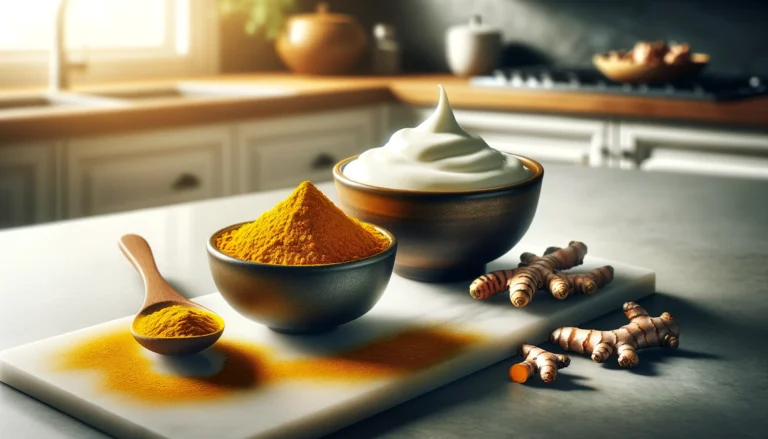What Does It Mean When Turmeric Turns Red?
When turmeric turns red, it’s typically a result of exposure to various factors such as pH changes, heat, or light. This color transformation can occur due to the presence of anthocyanins, natural pigments found in some turmeric varieties. While this change in color is not harmful and doesn’t necessarily indicate spoilage, it may impact the appearance of dishes prepared with red-tinted turmeric. Understanding that turmeric can undergo color shifts due to environmental conditions helps in discerning its quality and doesn’t necessarily affect its usability in cooking or its potential health benefits.
Further Explanation
When turmeric takes on a red hue, the phenomenon can be attributed to several factors, shedding light on the dynamic nature of this versatile spice. One significant contributor to this color change is the presence of anthocyanins, natural pigments that can be found in certain turmeric varieties. These pigments, responsible for the red, blue, or purple shades in various plants, may interact with the compounds in turmeric, leading to a shift in color.
The change in color can also be influenced by environmental conditions. Exposure to fluctuations in pH levels, variations in temperature, or prolonged exposure to light can all contribute to the transformation of turmeric from its characteristic yellow to shades of red. These factors, while altering the pigment profile, do not compromise the safety or integrity of the turmeric.
It’s important to note that the red tint in turmeric does not necessarily indicate spoilage. Turmeric remains safe for consumption, and its potential health benefits are not significantly affected by this color shift. However, individuals using turmeric in culinary applications may find the altered appearance affects the visual appeal of dishes.
In the culinary realm, understanding the reasons behind turmeric turning red allows cooks to anticipate and adapt to these color variations. While the altered appearance might not be ideal for some dishes, the flavor and potential health benefits of turmeric are generally unaffected. Being aware of these nuances enables individuals to appreciate the natural variability of turmeric and make informed choices when incorporating it into various recipes.
In conclusion, the reddening of turmeric is a fascinating interplay of pigments and environmental factors. Recognizing that this color change is a natural occurrence and not an indication of spoilage ensures that individuals can confidently continue to enjoy the culinary and health benefits of turmeric, even when it takes on unexpected hues.






